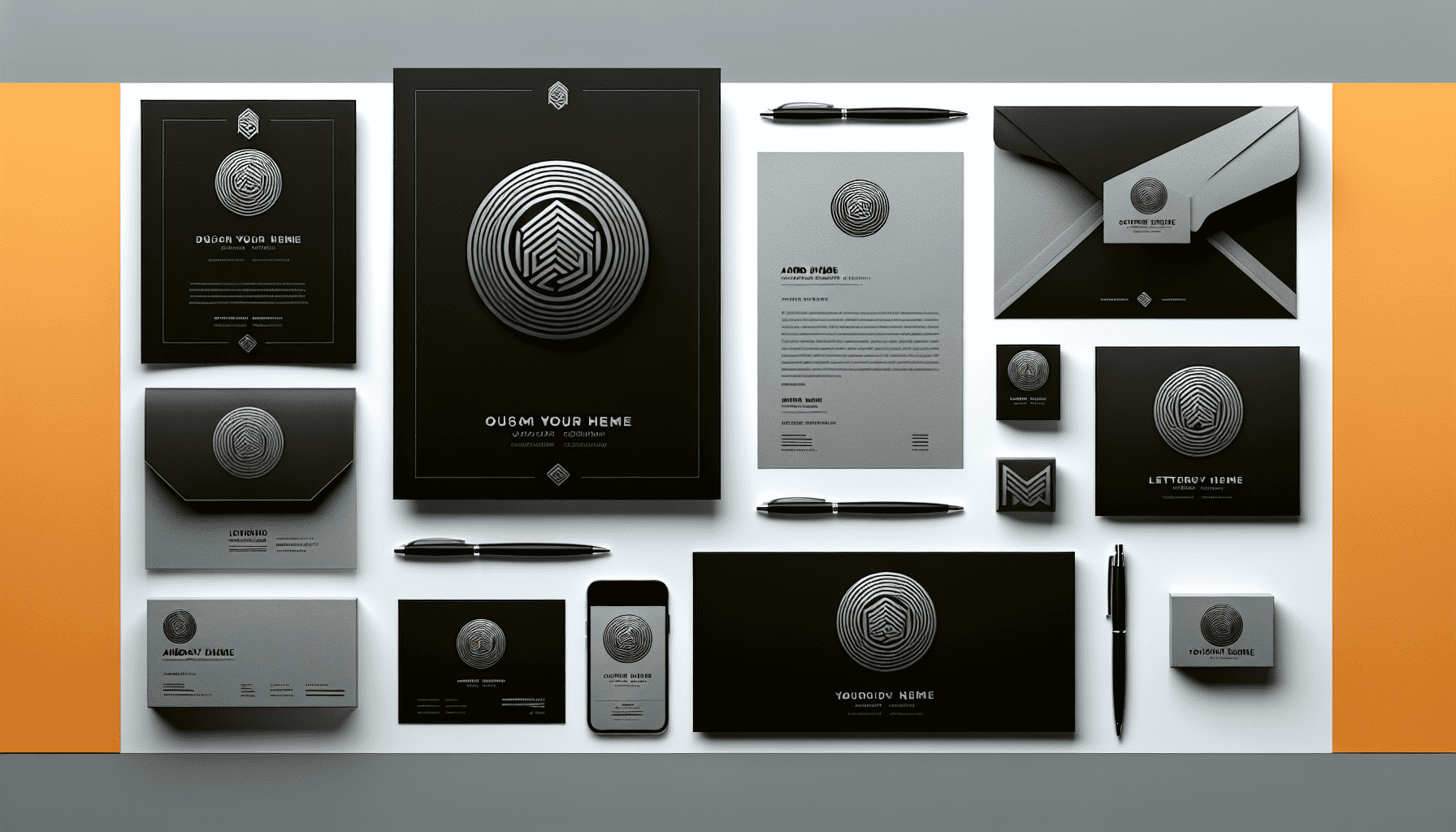Creating a complete visual identity is akin to crafting the soul of a brand. It is the first impression, the ongoing story, and the lasting memory that a company leaves with its audience. A well-designed visual identity is not just about aesthetics; it is a strategic tool that communicates the essence of a brand, its values, and its promise to its customers.
At the heart of any visual identity is the logo. The logo serves as the brand's signature, a symbol that encapsulates its core message in a single glance. A successful logo is both memorable and timeless, embodying the brand's unique personality while being versatile enough to adapt across various media and formats.
However, a complete visual identity goes beyond just the logo. It extends to the color scheme, typography, imagery, and overall design elements that collectively create a cohesive brand experience. The choice of colors can evoke specific emotions and associations, guiding the audience's perception and interactions with the brand. Typography, too, plays a crucial role, as different fonts convey different tones, from modern and sleek to traditional and sophisticated.
Imagery and graphic elements are another essential component, serving to enhance the brand's narrative. They should consistently reflect the brand's values and voice, whether through photographs, illustrations, or iconography. Consistency across all these elements ensures that regardless of where a customer encounters the brand—be it on a website, social media platform, or physical product—they immediately recognize and connect with it.
Building a cohesive visual identity also involves considering its application across various touchpoints. From business cards and packaging to digital interfaces and advertisements, every piece of collateral should seamlessly align with the brand's aesthetic guidelines. This consistency not only strengthens brand recognition but also builds trust and loyalty among consumers.
Furthermore, a strong visual identity must be adaptable. As brands evolve, their visual identities may need to be refreshed or reimagined to stay relevant in changing markets or to communicate new brand values. This adaptability allows brands to remain agile and responsive to the needs and expectations of their audience.
Creating a complete visual identity requires a deep understanding of the brand's mission, audience, and market positioning. It is an iterative process that involves collaboration between designers, strategists, and stakeholders, ensuring that every element works in harmony to reflect the brand's essence.
In conclusion, a complete visual identity is more than just a collection of design assets; it is a powerful tool that tells a brand's story and connects it with its audience. When executed thoughtfully, it can be a driving force behind a brand's success, leaving a lasting impression long after the initial encounter.
